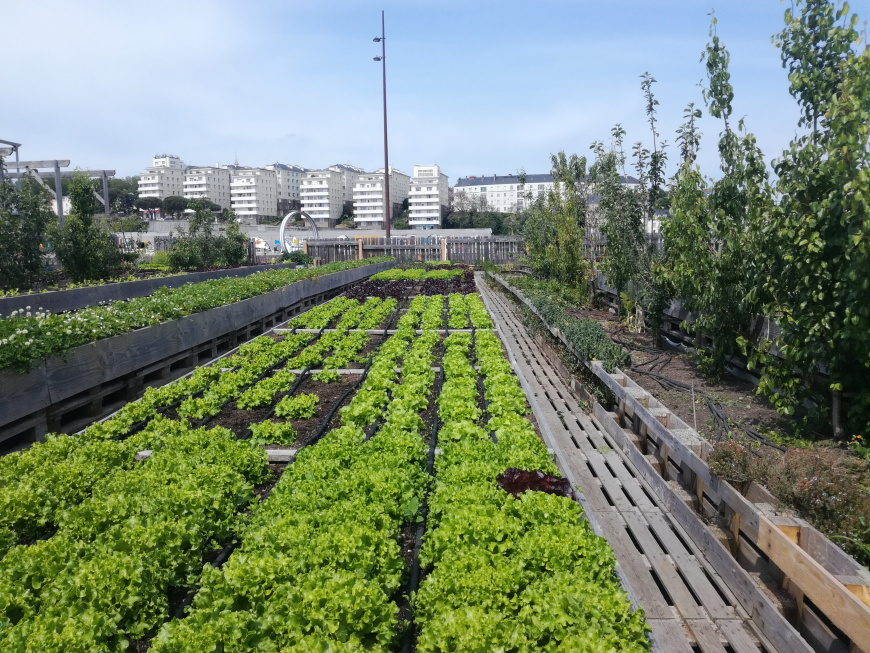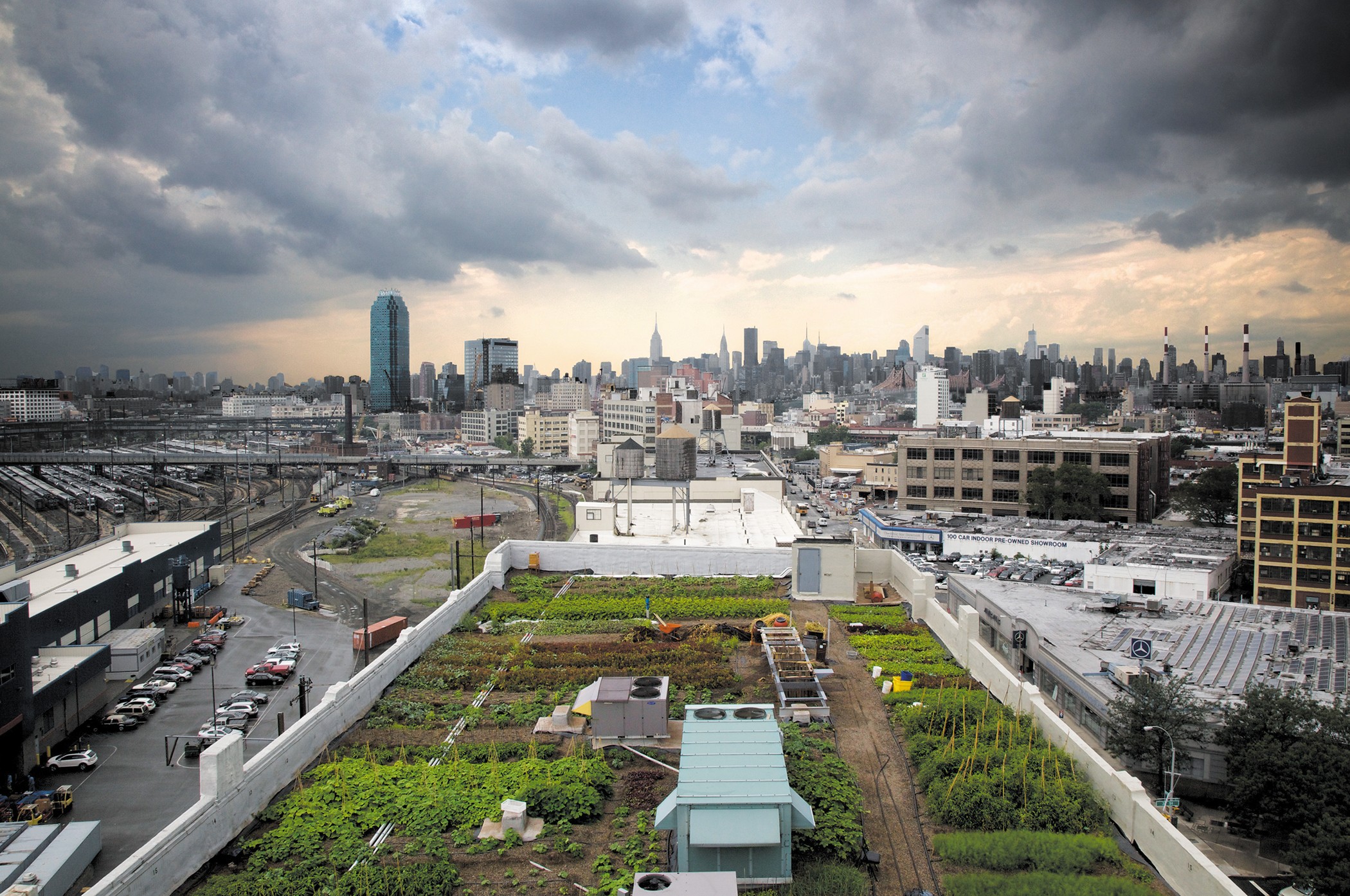City Blooming - An Overview
City Blooming - An Overview
Blog Article
7 Simple Techniques For City Blooming
Table of ContentsUnknown Facts About City BloomingCity Blooming - The FactsThe City Blooming DiariesCity Blooming Can Be Fun For AnyoneThe Best Guide To City Blooming
Interested in expanding food for sale in the City of Chicago? Below is a checklist of often asked questions pertaining to the rules and laws that growers need to consider when planning an urban agriculture task.
The zoning change does not customize any type of various other codes dealing with composting, structure authorizations, purchasing or renting City owned property, organization licenses or ecological contamination. There are existing codes that regulate these problems and they remain in complete impact and may be applicable to your task. Area gardens are typically had or managed by public entities, civic companies or community-based companies and maintained by volunteers.
Urban farms grow food that is planned to be offered, either on a not-for-profit or for-profit basis. As a result of their commercial function, city ranches call for an organization certificate. Yes. A neighborhood yard is allowed to offer excess produce that was expanded on website if the sales are accessory or secondary to the garden's primary function defined above.
The Greatest Guide To City Blooming
Composting is allowed however only for plant material that is produced and utilized on site. The quantity of compost product can not go beyond 25 cubic lawns at any kind of provided time according to the criteria in 7-28-715 of the City's Municipal Code. Yes. Since the dirt at most brand-new garden sites needs changing, compost, soil, wood chips, or other products can be obtained to build or enhance the expanding room - landscaping.

If a structure authorization is needed after that the hoophouse will be taken into consideration an accessory building. You can learn more regarding the structure authorization demands by speaking to the Division of Structures. The 25,000-square-foot dimension limitation is planned to avoid a solitary area garden from dominating an offered block or diminishing the block's existing domestic or commercial personality.
The limit does not put on gardens found in Public Open Room (POS) districts. Can there be more than one community garden that is 25,000 square feet on a solitary block? Yes. The dimension restriction relates to specific gardens, not to specific blocks. No. Fencing is not required, however, gardens that have big parking lot may be needed to install fencing or various other landscape design functions.
How City Blooming can Save You Time, Stress, and Money.
B1 & B2 districts call for that all business use tasks be performed inside your home. R areas restrict industrial task. The policies mirror the function and intent of the Zoning Code. Is secure fencing needed for city ranches? Yes. Fences may be needed, along with landscape design and testing, for particular parking areas and outside job or storage space areas relying on area and the specific task occurring.
Urban ranches need building permits and zoning approvals prior to construction (sustainability). Various other kinds of city review may be needed depending on details frameworks, activities, size, landscaping, licensing, public heath and stormwater administration concerns.
The Department of Service Affairs and Consumer Defense can help establish the details kind of organization certificate that's required. Off street parking is required for a lot of industrial tasks in Chicago. The needed number of vehicle parking spaces is based on the number of staff members functioning on site and not the square video of the expanding area.
Things about City Blooming

A metropolitan ranch can market garden compost material created on site, nonetheless, the operation should conform with the guidelines in 7-28-715 of the Chicago Municipal Code. Aquaponic systems are allowed inside your home on urban farms in several zoning areas.
Up to five hives or colonies of honey bees may be maintained as an accessory use. However, beekeepers must register with the Illinois Department of Farming. For more details about the recommended zoning amendment you may speak to the Department of Real Estate and Economic Development, Bureau of Planning and Zoning at 312.744.8563.
Farming in cities and urban locations A city ranch in Chicago. Urban farming describes numerous practices of cultivating. https://experiment.com/users/cityblooming, processing, and dispersing food in metropolitan areas. The term likewise applies to the area tasks of pet husbandry, aquaculture, beekeeping, and horticulture in an urban context. Urban agriculture is identified from peri-urban agriculture, which takes location in rural locations beside residential areas.
The Buzz on City Blooming
It can involve a motion of natural cultivators, "foodies" and "locavores", who seek to form social networks based on a common principles of nature and area holism. These networks can develop by method of formal institutional support, ending up being integrated into regional town planning as a "shift town" motion for lasting urban development.
The extra straight access to fresh vegetable, fruit, and meat items that might be know with metropolitan farming can boost food safety and security and food security while lowering food miles, bring about lower greenhouse gas emissions, thereby adding to environment adjustment mitigation. Some of the first evidence of city farming comes from Mesopotamia.
Report this page